What is Network-as-a-Service (NaaS)?
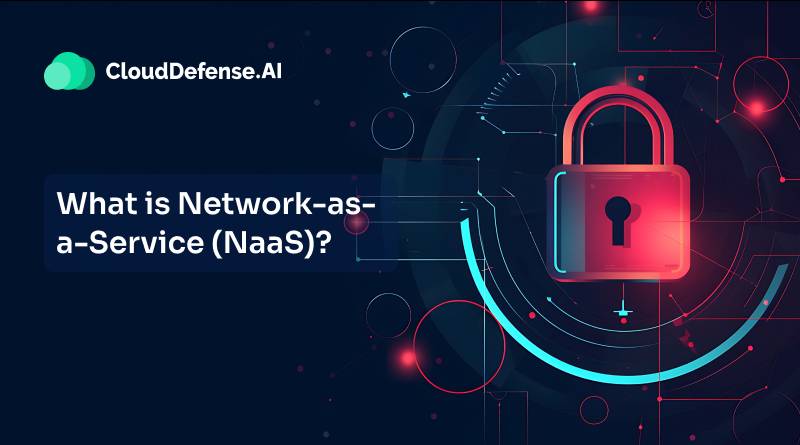
Network-as-a-Service (NaaS) is a cloud-based networking model that allows businesses to scale, secure, and manage their networks without the need for costly physical infrastructure. What is NaaS (Network-as-a-Service)? Network-as-a-Service, or NaaS, is a cloud service model where customers lease networking services from providers, eliminating the need for physical networking infrastructure. This allows businesses to create […]
What Is OpenStack?
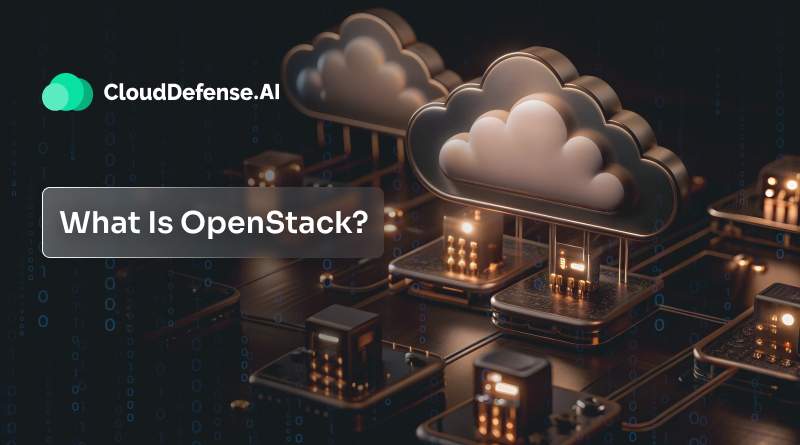
OpenStack is a powerful open-source cloud platform that helps businesses overcome the complexities of building and managing cloud infrastructure by offering unmatched flexibility, control, and customization to meet their specific needs. What Is OpenStack? OpenStack is an open-source cloud platform designed to manage and orchestrate distributed computing, network, and storage resources. It aggregates these resources […]
What is Lateral Movement in Cybersecurity?
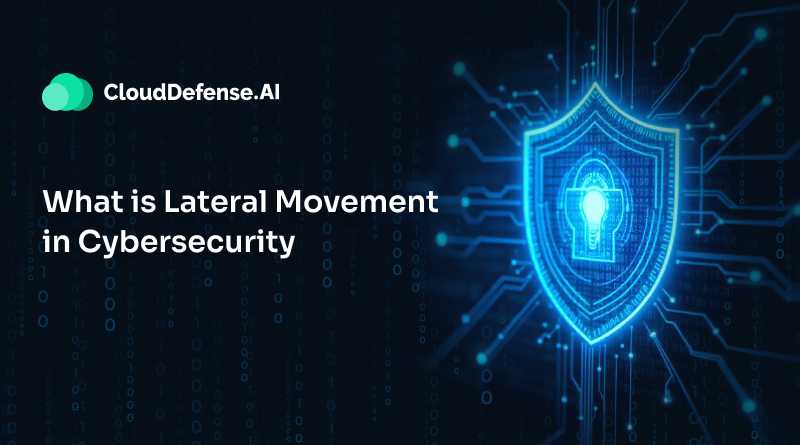
Lateral movement in cybersecurity refers to the techniques attackers use to navigate through a compromised network, moving from one system to another to access sensitive data or escalate privileges. What is Lateral Movement? So, you know how cybercrime is a big problem these days? Well, there’s this thing called lateral movement that’s really got security […]
What is Threat Modeling?
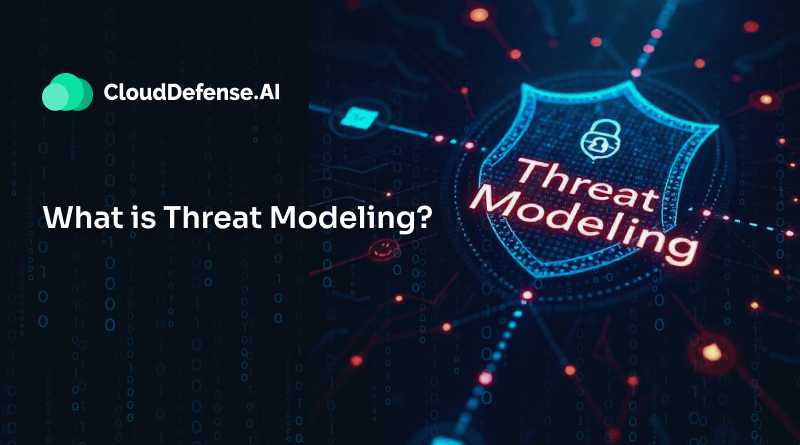
Threat modeling is a proactive cybersecurity process that identifies potential threats, vulnerabilities, and attack vectors in a system, helping organizations design more secure architectures and mitigate risks before exploitation. What is Threat Modeling? Threat modeling is a way to look at your system or application and figure out where it might be vulnerable to attacks. […]
What is an Advanced Persistent Threat (APT)?
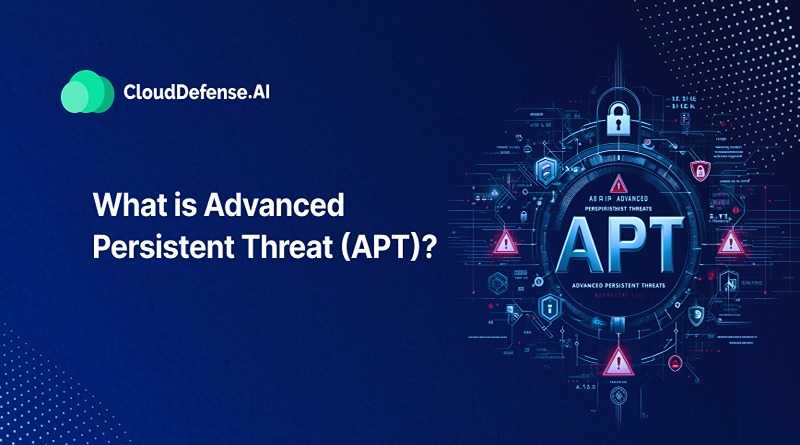
An Advanced Persistent Threat (APT) is a prolonged, targeted cyberattack where intruders gain unauthorized access to a network, remain undetected, and steal sensitive data over an extended period. What is an Advanced Persistent Threat (APT) Attack? An Advanced Persistent Threat (APT) attack is a stealthy and ongoing cyberattack targeting a specific organization. Unlike a quick […]
What is the Security Operation Center (SOC) Framework?
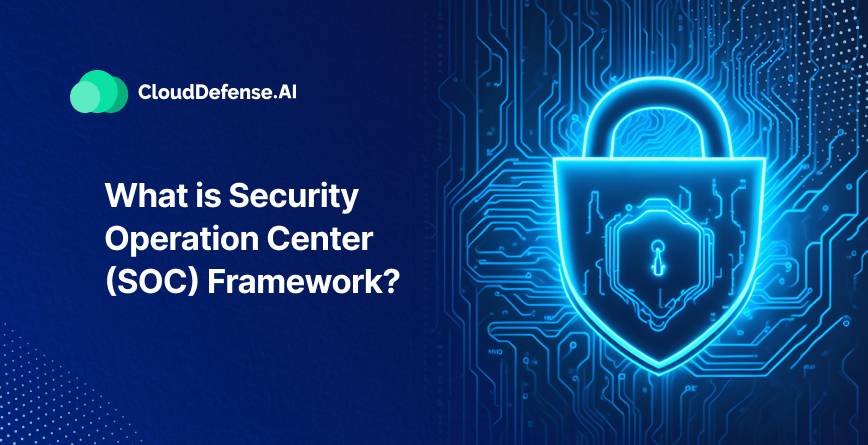
The Security Operation Center (SOC) Framework is a structured approach to monitoring, detecting, and responding to security threats within an organization’s IT environment. What is a SOC framework? So what exactly is this SOC framework we’re talking about? Simply put, it’s a comprehensive set of guidelines and best practices for running an effective Security Operations […]
What Is Containerization in Cyber Security?

Containerization in cybersecurity isolates applications in secure containers, reducing attack surfaces, enhancing control, and preventing unauthorized access or breaches. What is Containerization? Containerization is a modern software deployment technique that involves packaging an application’s code and all the necessary operating system libraries and dependencies into a single, lightweight executable unit known as a container. This […]
What is ZTNA?
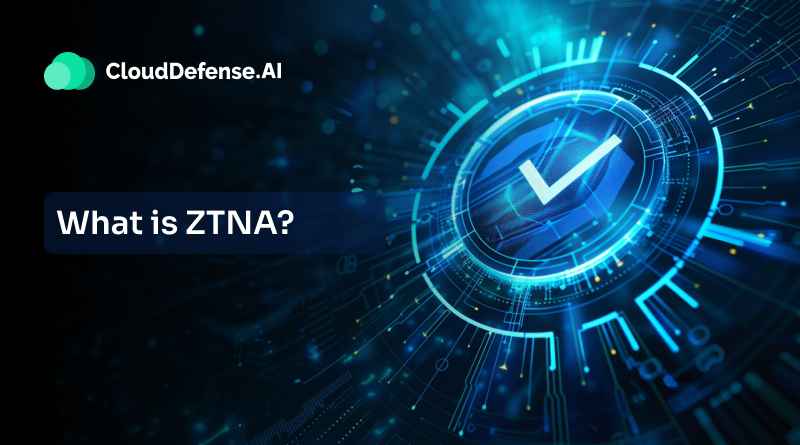
Zero Trust Network Access (ZTNA) is a security framework that grants access based on identity verification, least privilege, and continuous monitoring, ensuring secure remote access to applications without exposing internal networks. What is ZTNA? – Definition ZTNA is a security model and set of technologies that operate on the principle “never trust, always verify.” It’s […]
What is SOAR?

SOAR (Security Orchestration, Automation, and Response) is a cybersecurity technology stack that helps security teams streamline and automate their incident response processes. It integrates security tools, automates repetitive tasks, and improves threat detection, investigation, and remediation. What is SOAR? Security orchestration, automation, and response, or SOAR refers to the stack of security tools, services, and […]
What is Unified Endpoint Security (UES)?

Unified Endpoint Security (UES) is an integrated cybersecurity approach that consolidates endpoint protection, detection, and response into a single platform, enhancing security across devices, networks, and cloud environments while simplifying management. Definition – What Is Unified Endpoint Security? At its core, Unified Endpoint Security is about consolidating multiple security capabilities into a single solution to […]



